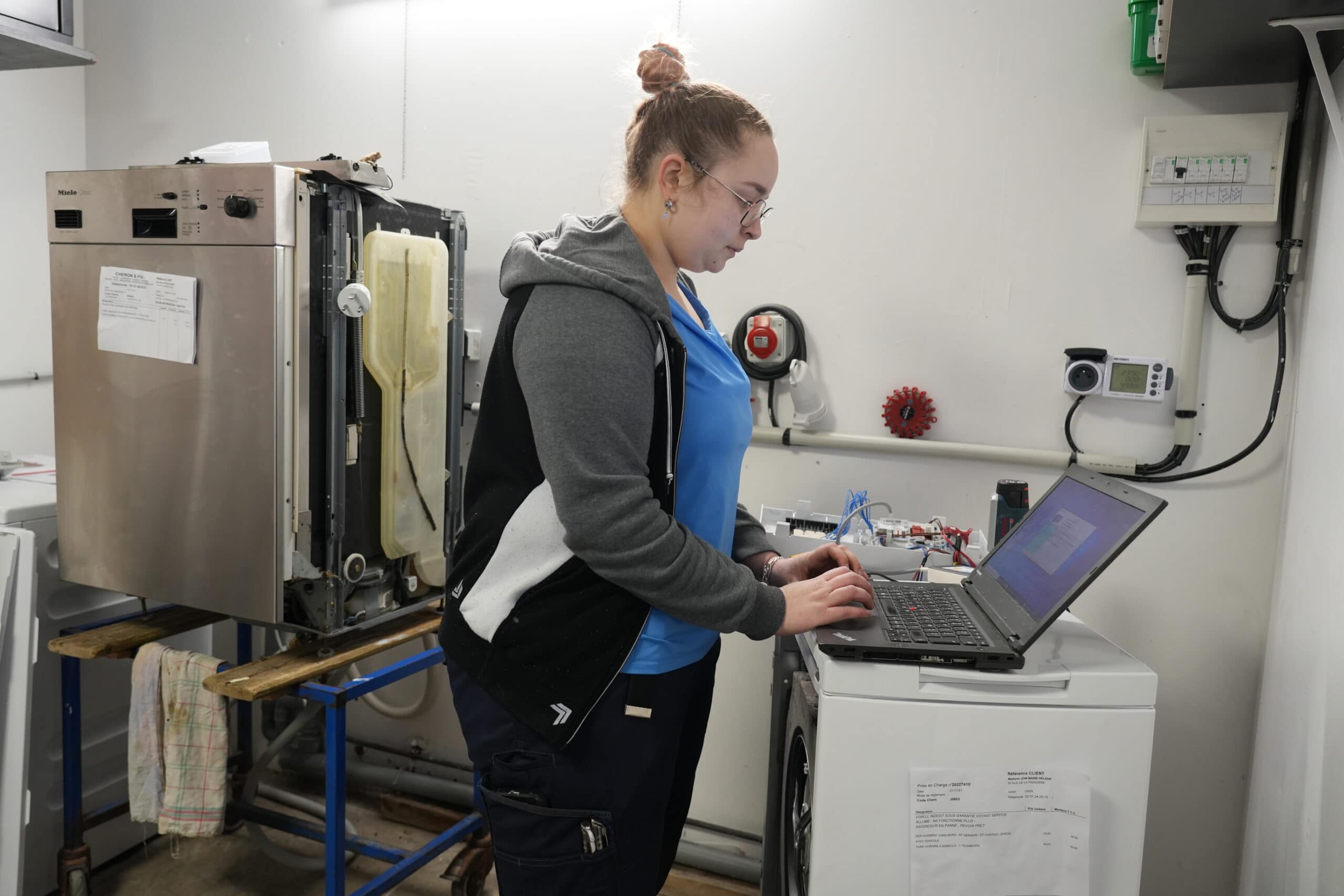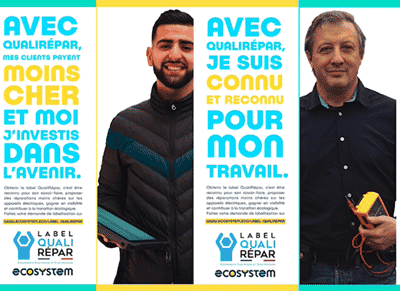Economic model
Based on an overview of the repair market carried out in 2020 enabling the major stakes and players to be identified, work was carried out in 2021 to define a viable economic model and a financial incentive that was attractive for both repairers and consumers alike. In a concerted approach, we organised more than 30 workshops involving repairers (craftsmen, industrials, manufacturing and retail after-sales teams), NGOs, associations, federations and the take-back scheme operator, Ecologic.
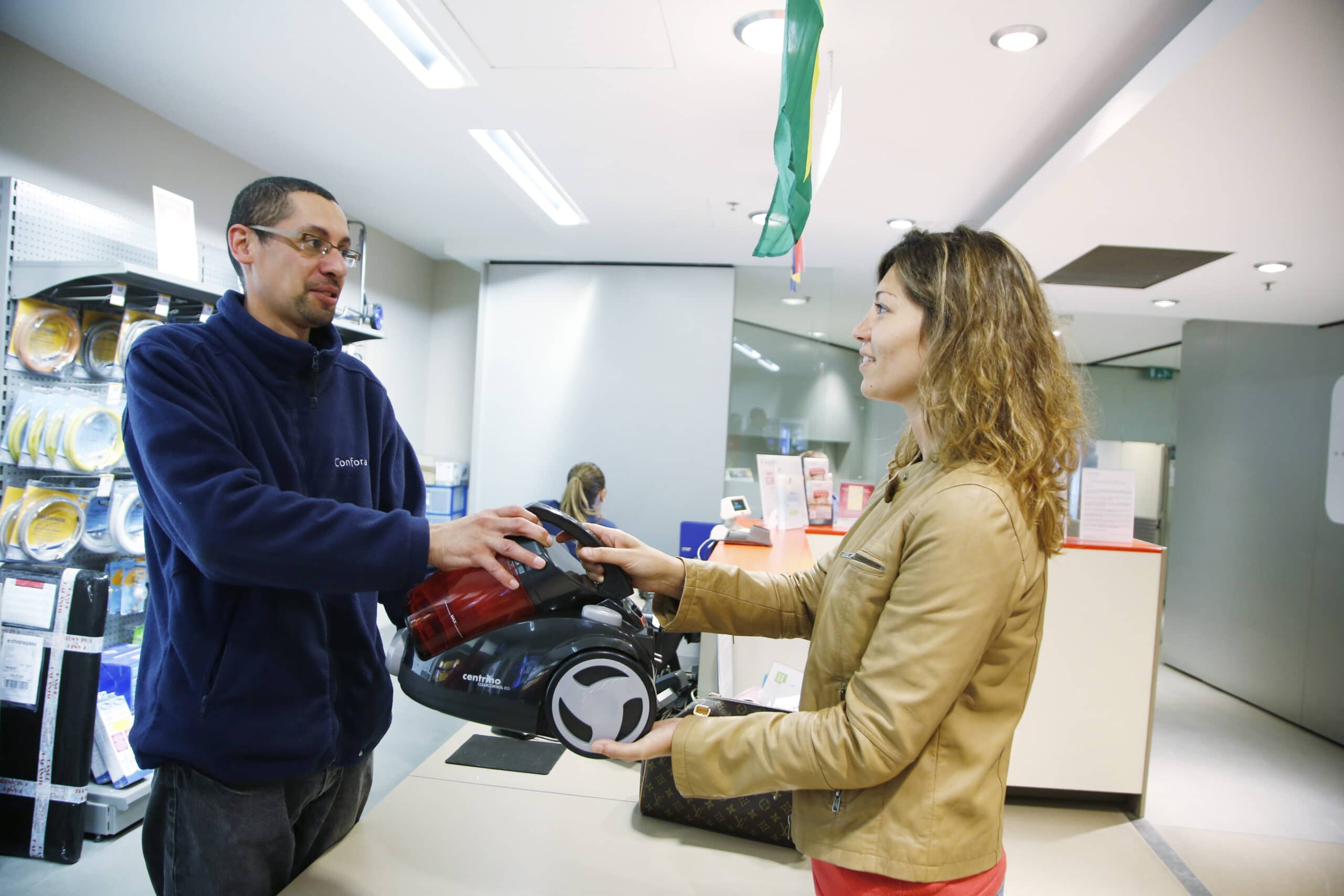
A financial incentive to foster a repair mentality among the French
Today, the lack of information to identify a trustworthy local repairer and the temptation to buy a new product are obstacles in repairing appliances that are no longer under warranty. To encourage extending the service life of used products, we established a financial-based incentive in 2021 which concerns electrical and electronic equipment held by households, purchased in France and no longer covered by the manufacturer’s or sales warranty. At the centre of this measure is a network of “QualiRépar” certified repairers who can give an immediate discount to customers on the appliance’s repair cost and who can then be reimbursed the difference by the repair fund upon presentation of supporting documents.
To guide and support our strategic choices, we carried out a consumer survey, with the market research firm Harris Interactive, enabling both repair practices and the most appropriate financial support to be identified. Carried out on a sample group of 2,000 people, this survey highlighted the fact that the French population despite having a good image of repair operations, considered repair costs as high. Financial support of 20% of the average cost observed for repairs increases the intention to carry out a repair, especially when this is in the form of a fixed sum in Euros (and for us in the form of a % discount on the total cost of the repair work). Therefore, the principle of a fixed sum for an appliance was retained which will differ from one product to another and will represent on average 20% of repair costs.
Specific repair funds to finance the mechanism
It is the Public Authorities via the French AGEC Law (Anti-Waste and Circular Economy) who define the minimum budget for this repair mechanism. This must represent a minimum of 10% of the estimated repair costs not covered by warranties in France, which will be the equivalent of 102 million Euros in 2027 to be shared between ecosystem and Ecologic when the mechanism will have been totally rolled out. However, it is the creation of two repair funds by the take-back scheme operators Ecologic and ecosystem and funded by their respective producer members that will enable the entire mechanism to be financed. 2021 provided the opportunity to establish a list of equipment concerned and the eligibility criteria.
The incentive to repair items that are no longer under warranty will be gradually rolled out in accordance with a list of eligible products per year. To prioritise the products, not only were the annual volumes placed onto the market and the repairs not covered by warranties taken into account but also the criticality for consumers in the event of failure and the ability to be repaired (essential goods for example). So, with deployment in annual waves as from 2022 in order to take into account both the complexity of implementing the mechanism and the diversity of products to be included, 68 products types will be eligible under the mechanism by 2027.

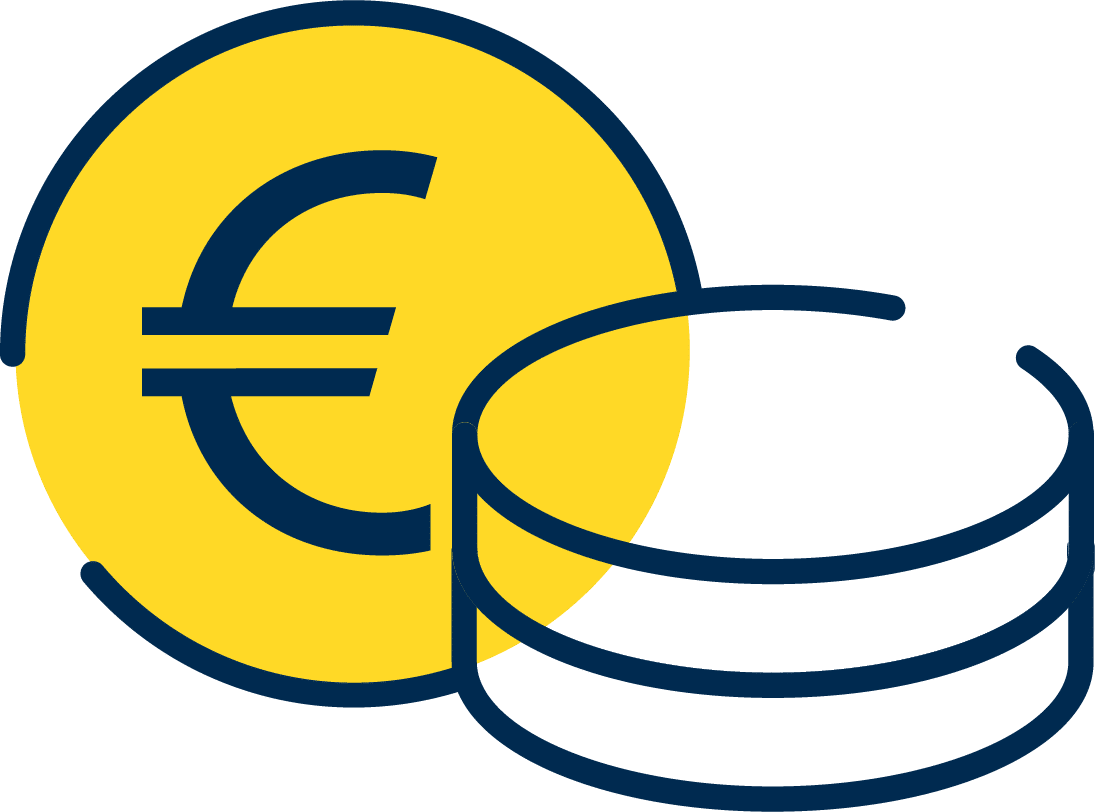

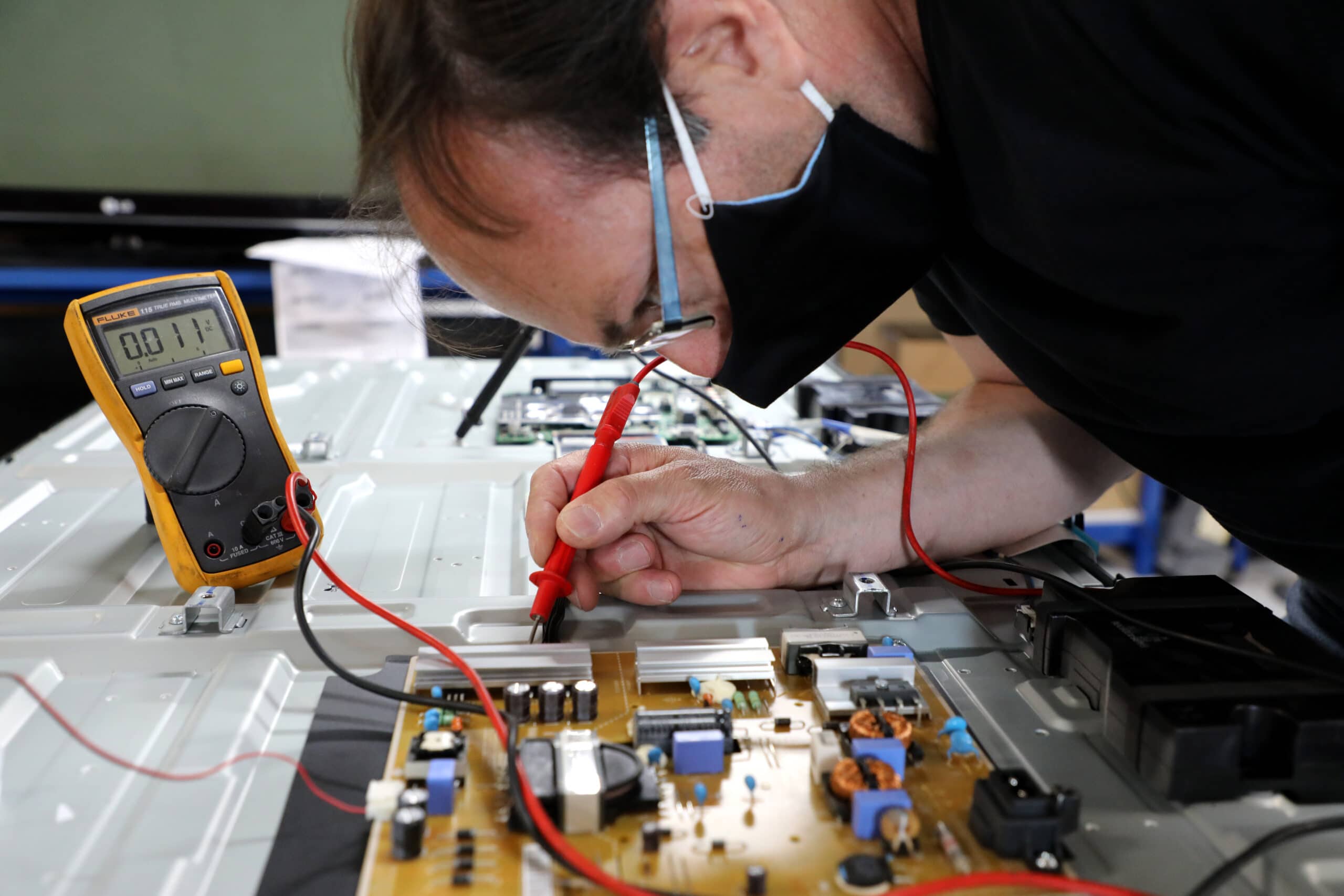
![QualiRepar_Noir_RVB[1] QualiRepar_Noir_RVB[1]](../../../wp-content/uploads/2022/06/qualirepar_noir_rvb1.png)
